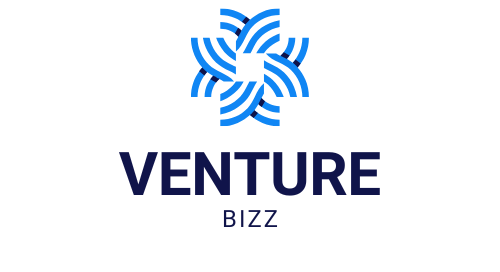“Product–market fit” is one of the most overused phrases in the startup world and one of the most misunderstood.
Founders chase it, investors ask about it. But the process of getting there is rarely straightforward. It is messy, iterative, and full of wrong turns. Increasingly, the best venture capital (VC) firms are not waiting on the sidelines; they are actively helping startups find it.
This week, we explore how modern VC firms support startups in the most critical phase of their journey: nailing product–market fit.
Why Product–Market Fit Still Matters
Product–market fit is when your product solves a clear problem for a well-defined customer, and the customer knows it. It is when demand starts pulling the product forward, not when you are still pushing.
According to Marc Andreessen, product–market fit means being in a good market with a product that can satisfy that market. But getting there is hard. Even great founders misjudge the market, build too much too early, or fail to iterate fast enough.
That is where hands-on VC firms make the difference.
From Passive Investor to Problem Validator
Today’s best VC firms are shifting their mindset from “boardroom critic” to “discovery partner.”
Instead of simply reviewing progress, they:
Join customer discovery calls
Refine user personas
Help design validation experiments
Critique early prototypes
Introduce the first customers
This shift is especially valuable in sectors where:
The founder is technical but not close to the user
The market is fragmented or lacks data
Customer behavior is hard to predict (e.g., healthcare, fintech, climate)
Real Tools and Tactics VCs Use
Here are specific ways venture development teams support product–market fit:
1. Discovery Frameworks:
VCs encourage founders to use frameworks like Lean Startup, Customer Development, and Jobs-to-be-Done to structure learning.
2. Validation Sprints:
Some firms run 2–4 week sprints where founders test core assumptions with real users. Tools used include Typeform, Figma, no-code MVP builders, and pre-sales landing pages.
3. Founder Coaching:
Operators-in-residence or platform coaches work with founders to distill insights from interviews, user behavior, and feedback loops.
4. Warm Customer Introductions:
Strategic customer intros from the VC network can shorten the feedback cycle from months to days.
5. Data-Driven Decisions:
Firms like a16z and LocalGlobe use early analytics stacks to guide what to test next.
Case Example: Finding Fit Through a VC Sprint
A pre-seed healthtech founder working with Founders Factory in London realized, after 30 interviews facilitated by the VC team, that her product was solving the wrong pain point. Instead of focusing on appointment scheduling, her users wanted better diagnostics. She pivoted before spending €80,000 on the wrong feature set.
This kind of pivot, when guided by venture development support, saves time, money, and often the company itself.
When Venture Support Goes Wrong
Product–market fit still depends on the founder.
VC involvement can go wrong when:
VCs push their assumptions too hard
Founders blindly follow advice without validating themselves
There's a mismatch in vision or user understanding
Founders must own the process; VC firms can only accelerate, not replace that responsibility.
What Founders Should Ask Their Investors
If you are fundraising, ask:
How do you help founders validate assumptions?
Do you offer platform support for testing ideas?
Can you connect me to potential users or advisors in my space?
Great VC firms will have answers. The best ones will already have examples.
Up Next
In Week Four of Built to Scale, we will explore how VC firms’ teams are structured and how they deliver real, scalable support to founders: Inside the Venture Platform: What It Is and How It Works.



